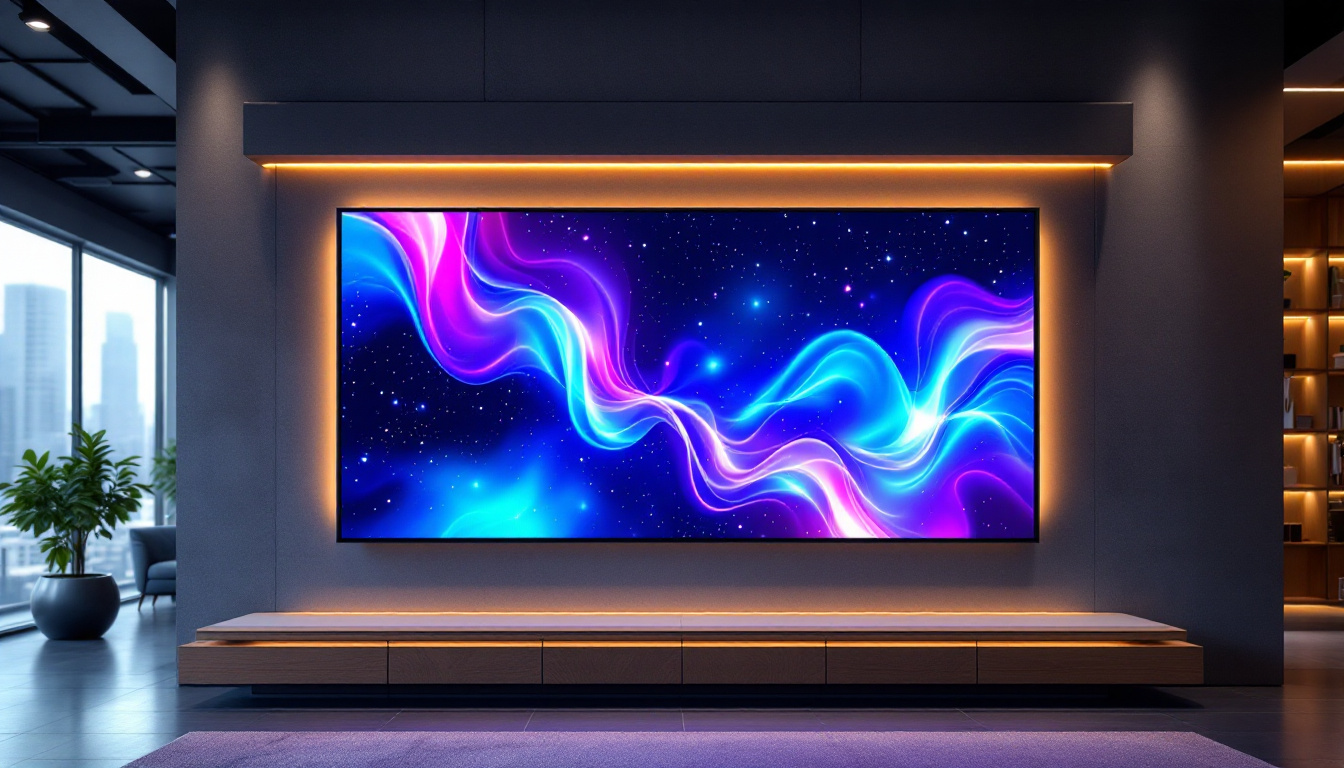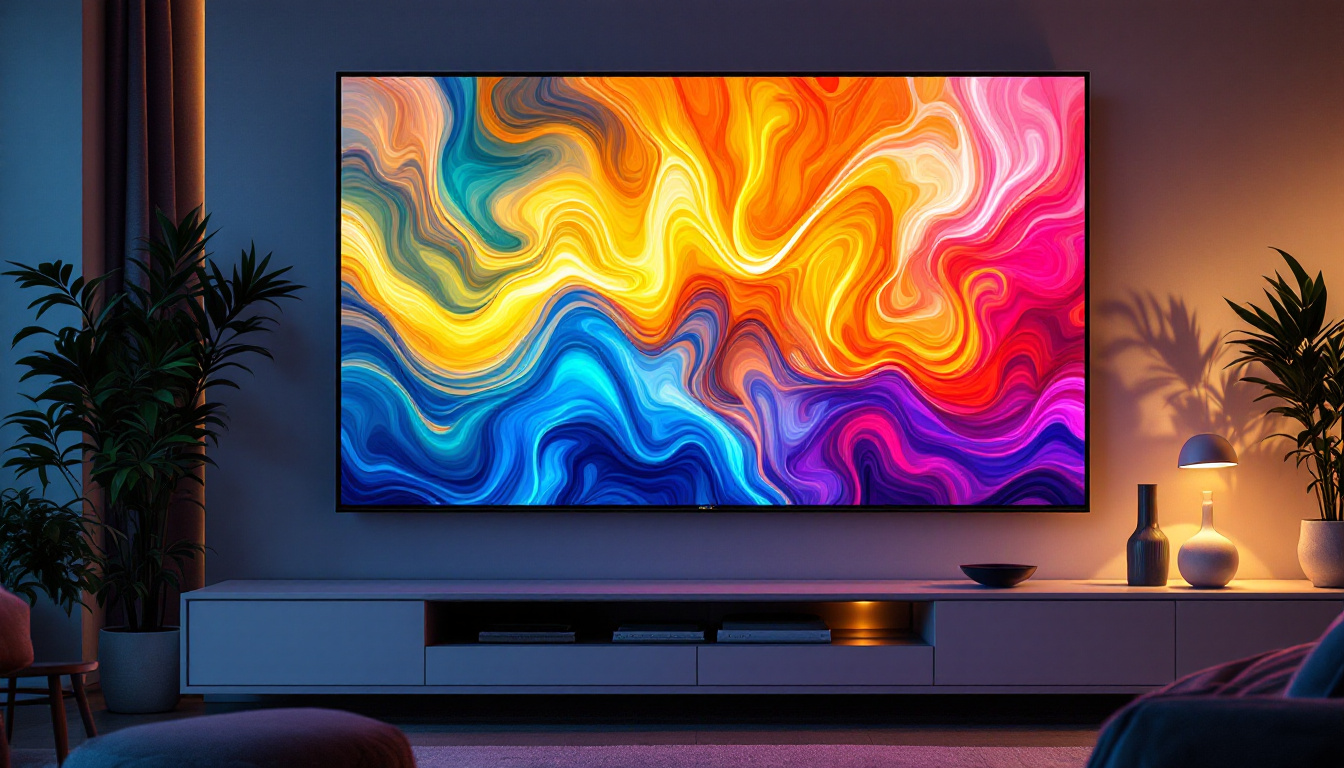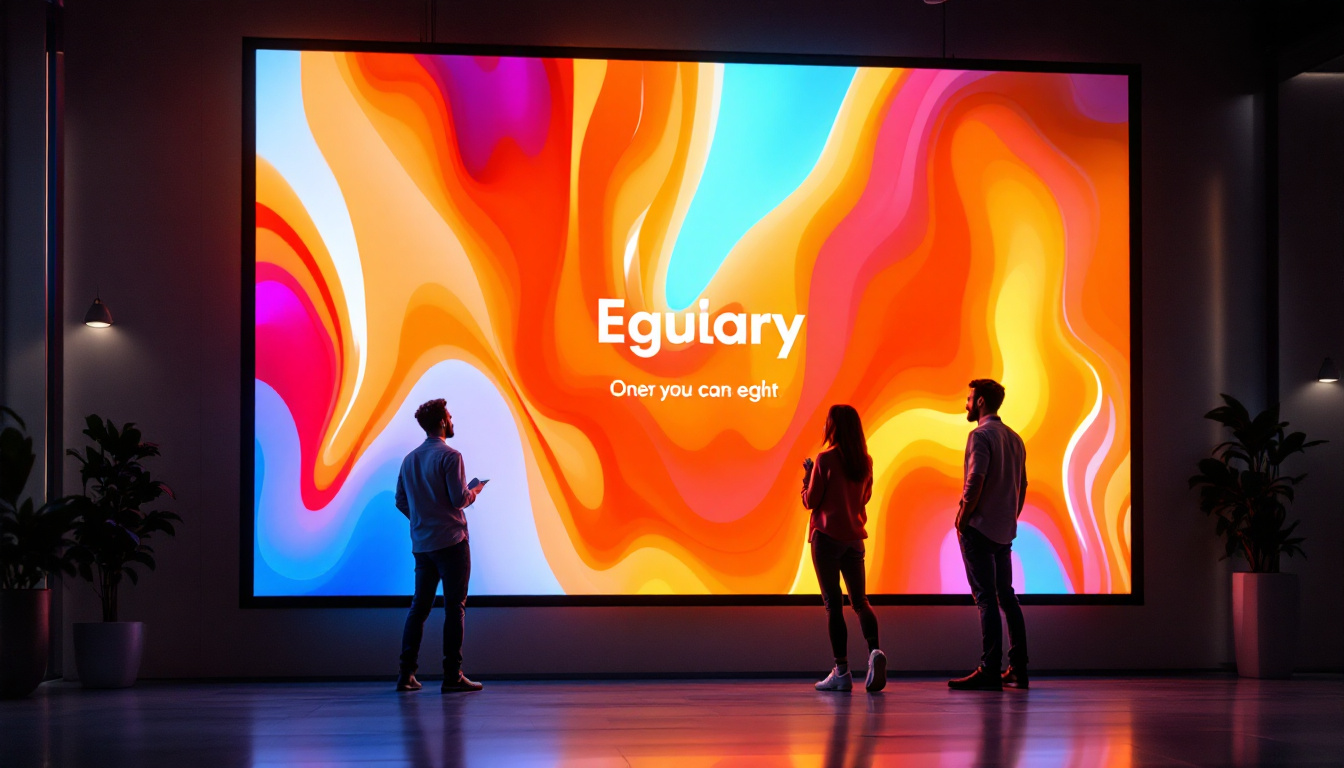In today’s digital age, screens are everywhere—from smartphones and televisions to laptops and digital signage. Two of the most common display technologies powering these devices are Liquid Crystal Displays (LCDs) and Light Emitting Diode (LED) displays. While these terms are often used interchangeably, understanding the differences and the technology behind them is essential for consumers, tech enthusiasts, and professionals alike.
This comprehensive guide delves into the science, applications, and evolution of LCD and LED displays, helping you make informed decisions whether you’re buying a new TV, designing a digital interface, or simply curious about how your devices work.
Understanding Liquid Crystal Displays (LCDs)
What is an LCD?
Liquid Crystal Display (LCD) technology utilizes liquid crystals that can manipulate light to produce images. Unlike traditional cathode ray tube (CRT) monitors, LCDs are flat, lightweight, and consume less power, making them ideal for portable and slim devices.
At the core, an LCD panel consists of two polarized glass panels with a liquid crystal solution sandwiched between them. When an electric current passes through the liquid crystals, they align to either block or allow light to pass through, creating the images you see on the screen. This unique property of liquid crystals allows for a wide range of colors and contrasts, enabling vivid imagery that can be enjoyed in various lighting conditions.
How Does an LCD Work?
LCDs themselves do not emit light. Instead, they rely on a backlight to illuminate the screen. This backlight shines through the liquid crystals, which act as shutters that control the amount of light reaching the viewer’s eyes. By adjusting the orientation of the crystals, different colors and shades can be displayed. The precision of this alignment is critical, as it directly influences the clarity and vibrancy of the images produced on the screen.
Common backlighting methods include Cold Cathode Fluorescent Lamps (CCFLs) and Light Emitting Diodes (LEDs). The transition from CCFL to LED backlighting has significantly improved LCD displays in terms of brightness, energy efficiency, and color accuracy. LED backlighting, in particular, allows for localized dimming, which enhances contrast ratios and provides deeper blacks, making images more lifelike. Furthermore, advancements in technology have led to the development of OLED (Organic Light Emitting Diode) displays, which offer even greater color depth and flexibility in design.
Key Advantages of LCD Technology
LCDs offer several benefits that have contributed to their widespread adoption:
- Energy Efficiency: Compared to older CRT displays, LCDs consume less power, which is crucial for battery-operated devices like laptops and smartphones.
- Thin and Lightweight: The slim profile of LCDs allows for sleek device designs and easy portability.
- Sharp Image Quality: LCDs provide crisp, clear images with high resolution, making them suitable for detailed work such as graphic design and video editing.
- Reduced Eye Strain: Modern LCDs often include features like flicker-free technology and blue light filters to enhance viewing comfort.
Moreover, LCD technology has evolved to include various enhancements that cater to specific user needs. For instance, some LCDs are designed with anti-glare coatings, making them ideal for use in brightly lit environments, while others offer wide viewing angles to ensure that colors remain consistent from different perspectives. This versatility has made LCDs a popular choice not only in consumer electronics but also in professional settings, where display quality can significantly impact productivity and user experience.
In addition to their practical advantages, LCDs have also played a pivotal role in the advancement of display technologies across various industries. From televisions and computer monitors to smartphones and digital signage, the influence of LCD technology is pervasive. As manufacturers continue to innovate, we can expect to see further improvements in resolution, refresh rates, and overall display performance, pushing the boundaries of what is possible in visual technology.
Exploring LED Displays
What is an LED Display?
LED displays are a type of flat panel display that use light-emitting diodes (LEDs) as the primary source of illumination. The term “LED display” can refer to two related but distinct technologies: LED-backlit LCDs and direct LED displays such as OLED and microLED.
In everyday consumer electronics, LED displays usually mean LCD panels that use LED backlighting instead of CCFLs. However, in large-scale applications like stadium screens or billboards, “LED display” often refers to panels made entirely of LEDs that emit light directly.
Types of LED Displays
Understanding the different types of LED displays helps clarify their applications and benefits:
- LED-Backlit LCDs: These are traditional LCD panels illuminated by an array of LEDs behind or along the edges of the screen. This method improves brightness, contrast, and color reproduction compared to CCFL backlights.
- Direct LED Displays: These displays, including OLED (Organic LED) and microLED, consist of tiny LEDs that emit light individually. Each pixel is self-illuminating, enabling deeper blacks and better contrast ratios.
- Large-Scale LED Panels: Used in outdoor advertising and event displays, these are modular panels made up of clusters of LEDs that can produce extremely bright and vivid images visible even in direct sunlight.
How LED Displays Work
In LED-backlit LCDs, the LEDs serve as a light source behind the liquid crystal layer. The liquid crystals regulate the passage of this light to form images. This combination leverages the strengths of both technologies: the sharp image control of LCDs and the efficient, bright illumination of LEDs.
In direct LED displays like OLED, each pixel contains organic compounds that emit light when an electric current passes through them. This self-emissive property means no backlight is necessary, allowing for thinner displays with superior contrast and color depth.
Comparing LCD and LED Displays
Image Quality and Color Accuracy
While traditional LCDs with CCFL backlighting provide decent image quality, LED-backlit LCDs offer improved brightness and color vibrancy. The ability to control LED backlighting locally (local dimming) enhances contrast ratios, making blacks appear deeper and colors more vivid.
Direct LED displays like OLED take image quality further by enabling true blacks since pixels can be turned off individually. This results in a higher dynamic range and more lifelike images, especially in dark scenes.
Energy Consumption
LED-backlit LCDs are generally more energy-efficient than CCFL-backlit LCDs. The efficiency gains come from the lower power requirements of LEDs and their ability to be dimmed dynamically.
Direct LED displays such as OLEDs can be even more energy-efficient when displaying darker images because black pixels consume no power. However, bright images may use more energy compared to LED-backlit LCDs.
Longevity and Durability
LCDs with LED backlighting tend to have long lifespans, often exceeding 50,000 hours of use. The LEDs used for backlighting are robust and maintain brightness over time.
OLED displays, while offering superior image quality, can suffer from burn-in and degradation of organic materials, potentially reducing their lifespan. However, advances in technology continue to mitigate these issues.
Cost Considerations
LED-backlit LCDs are widely available at various price points, making them accessible for most consumers. The manufacturing process is mature, contributing to lower costs.
Direct LED displays, especially OLEDs, are generally more expensive due to complex manufacturing and material costs. However, prices have been steadily decreasing as production scales and technology matures.
Applications of LCD and LED Displays
Consumer Electronics
LCD technology dominates the market for laptops, monitors, and televisions, often enhanced by LED backlighting for better performance. Smartphones and tablets typically use LED-backlit LCDs or OLED displays, depending on the brand and price segment.
LED-backlit LCD TVs are popular for their balance of cost and quality, while OLED TVs are favored by enthusiasts seeking the best picture quality.
Commercial and Industrial Use
Large LED panels are common in advertising, sports arenas, and public information displays due to their brightness and scalability. LCDs are used in point-of-sale terminals, medical devices, and industrial control panels where clear, sharp images are essential.
Emerging Technologies and Trends
MicroLED technology, which combines the self-emissive benefits of OLED with higher brightness and longevity, is gaining traction. Though currently expensive, it promises to revolutionize displays in the coming years.
Flexible and transparent LCD and LED displays are also emerging, opening new possibilities for wearable devices, automotive dashboards, and augmented reality applications.
Choosing the Right Display Technology
Factors to Consider
When selecting a display, consider the following factors:
- Purpose: For general use, LED-backlit LCDs offer excellent value. For high-end video and gaming, OLED or advanced LED displays may be preferable.
- Budget: LED-backlit LCDs are cost-effective, while OLEDs and microLEDs come at a premium.
- Viewing Environment: Bright rooms benefit from LED-backlit LCDs with high brightness, while OLEDs excel in dark environments.
- Longevity and Usage Patterns: Consider potential burn-in with OLEDs if static images are displayed frequently.
Future Outlook
Display technology continues to evolve rapidly. Innovations in LED efficiency, quantum dot enhancements for LCDs, and the rise of microLED are shaping the future of screens. Understanding current technologies and their strengths equips consumers and professionals to navigate this dynamic landscape confidently.
Conclusion
Liquid Crystal Displays and LED displays are foundational technologies in modern digital screens. While LCDs provide the structural basis for many displays, LEDs enhance them through efficient backlighting or by serving as self-emissive pixels in advanced displays like OLEDs.
Each technology has unique advantages and trade-offs in image quality, energy consumption, cost, and durability. By understanding these differences, users can make informed choices tailored to their needs—whether for everyday use, professional applications, or cutting-edge innovation.
As technology progresses, the line between LCD and LED displays continues to blur, promising brighter, sharper, and more immersive visual experiences for everyone.
Discover LumenMatrix’s Advanced LED Display Solutions
Ready to experience the future of visual technology? LumenMatrix is at the forefront of LED display innovation, offering a wide array of solutions that bring your content to life. From vibrant Indoor and Outdoor LED Wall Displays to dynamic Vehicle and Sports LED Displays, our products are designed to captivate and engage. Explore our LED Poster Displays, immersive Floor LED Displays, and the sleek All-in-One LED Display options. We also specialize in Custom LED Displays and cutting-edge LED Transparent Displays. Elevate your visual communication and make a lasting impression with LumenMatrix’s LED display solutions. Check out LumenMatrix LED Display Solutions today and transform the way you share your message.































